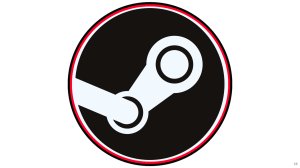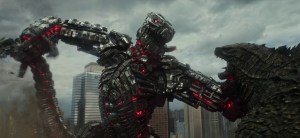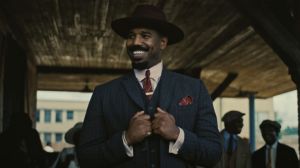WandaVision is the first Marvel Studios title to be released since the global pandemic prompted film releases to temporarily halt and TV shows to take a break in production. The schedule rearranged the Marvel Studios slate, moving the series ahead of The Falcon and The Winter Soldier and Black Widow which was not originally the plan. Changing the plan was the name of the game for WandaVision, though. Director Matt Shakman and writer Jac Schaeffercertainly had their hands full when it came to completing the story, adapting not only to their own decisions and changes but also facing new deadlines and production obstacles.
Videos by ComicBook.com
“We shot two-thirds of the show in Atlanta and a third in Los Angeles,” Shakman tells ComicBook.com. After the group celebrated wrapping their work in Atlanta before following their plans and moving it to Los Angeles, the pandemic shut things down for an uncertain amount of time. Some elements of the finale episode were shot in Atlanta prior to the shutdown but the majority of the show’s final third were still to be shot. “The third in Los Angeles was during the pandemic,” Shakman says. “We weren’t in the middle of shooting. What we did then was thanks to Marvel and Disney and the amazing tech people, within a week or two, they had set up virtual editing and we pivoted to post-production and pretty quickly we went deep into post-production in terms of finishing VFX shots, working with Skywalker on mixing, working with Christophe Beck on score.”
While the core ideas and sequences of the finale were locked, head writer Jac Schaeffer had an opportunity to polish the story and make sure that all of the answers and emotions were delivered in a clear manner. “Because of the delay, there was a lot of fine tuning with the logic of the finale, but the goodbye sequence was shot before the pandemic and tucking in the kids and saying goodbye in the living room,” Schaeffer explains. “While the finale shifted quite a bit, it was mostly action that shifted and those set pieces that shifted.”
While no one is revealing whether or not there was more planned for the finale episode, such as whether or not Benedict Cumberbatch was originally planned to appear as Doctor Strange, it seems the show did not suffer any significant amount from the shifts. “We were working really hard on the finale before the shutdown,” Shakman says. “We were re-breaking it and rebuilding it and we were rewriting as we went along, a lot of the scenes were changing day-by-day. Sometimes day of, that’s just the processor you’re in it and especially when you are building towards a finale, it’s really hard to get that chess board to work all those pieces to come together in a satisfying way.”
Still, Shakman had quite an experience while working in Los Angeles as much of the crew and some of the cast was comprised of new faces after the Atlanta shoots. While working on the show wit Billy and Tommy actors Julian Hilliard and Jett Klyne, Shakman realized the young actors were only seeing him with a mask and plastic face cover on through their time working together.
Schaeffer had originally envisioned a slightly different sequence in the finale, one which ultimately turned into Wanda accidentally choking the Westview residents with her powers after they all begged her to released them. “Matt had boarded the sequence with the townspeople that was a little bit more of like a zombie attack kind of a thing,” Schaeffer explains. “And so we turned that into about their words and about that it is an assault of language. I think it ended up working just as well because the performers are so great.”
Perhaps the biggest difference was the release plans. Originally, WandaVision was going to release the first three episodes on its premiere day back on January 15. However, the team had to hold Episode 3 until the following Friday as a means to give themselves enough time to finish the final episode by the date it was scheduled to air.
“It was always the plan to release the first three,” Shakman admits. “And we sent the first three to press for reviewing purposes, but because of the pandemic and the amount of time, we didn’t have any time to finish those episodes or the normal amount of time to finish those episodes. So we couldn’t release three on day one and get the finale done. That week would have taken precious time away from us and what we needed. So, we actually pivoted and released just the first two, but the original plan was to take it all the way to Monica’s expulsion from The Hex, which might’ve answered a little bit more for some.”
Those first episodes, had they come after the pandemic began, would have been different, as well. Schaeffer had a moment of realization that the live studio audience element which is often credited as bolstering the energy on set and cast performances as a result would not have happened if it were after the crew got back to work. Read the full interview with Schaeffer here!









